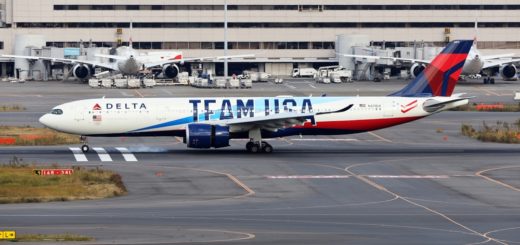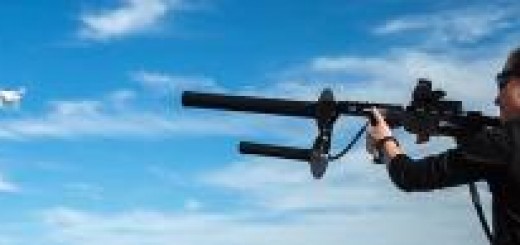Yakovlev presents new Yak-130M light combat aircraft at Army-2024 exhibition
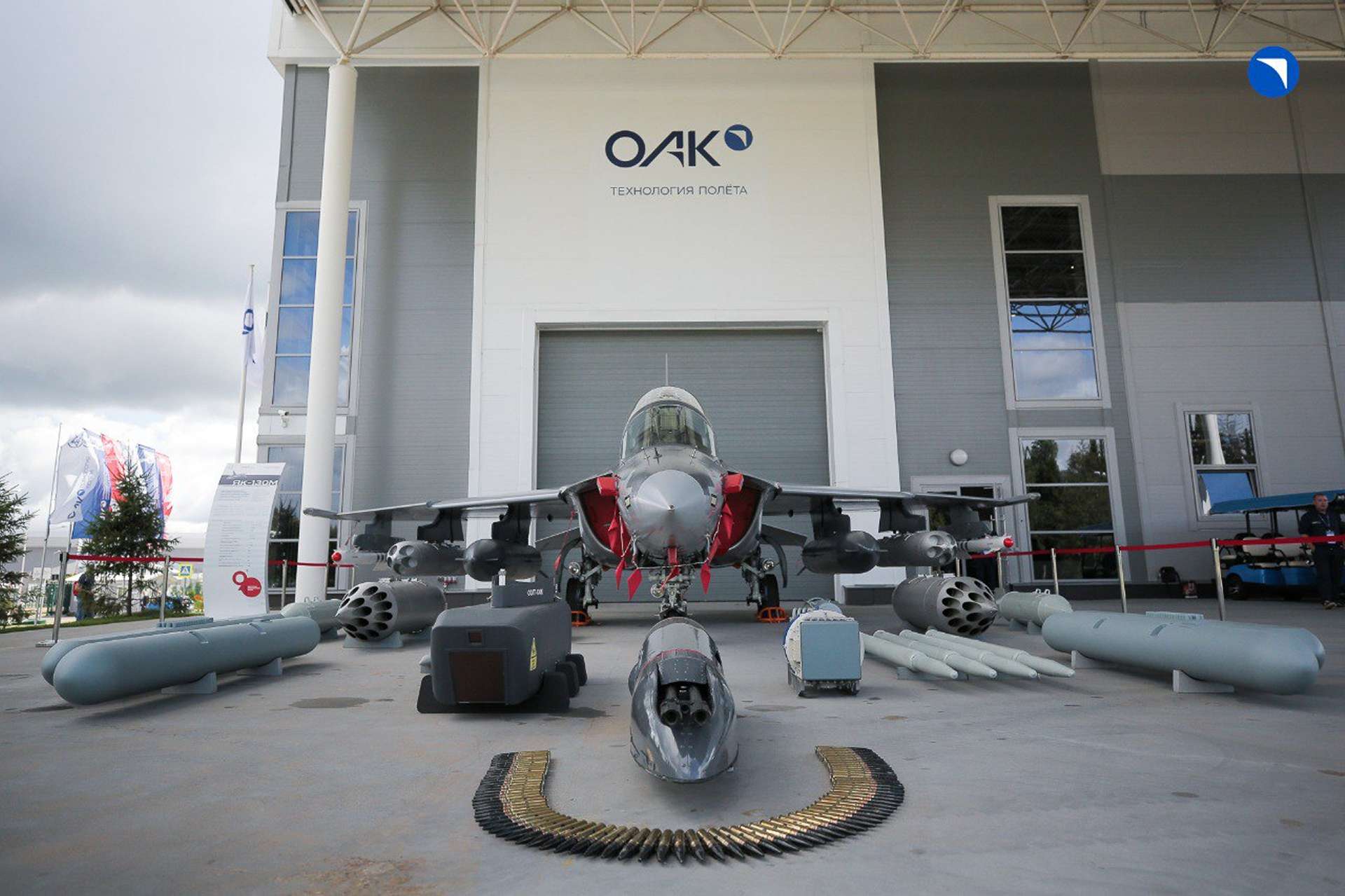
{loadposition bannertop}
{loadposition sidebarpub}
At the Army-2024 exhibition, PJSC Yakovlev, a subsidiary of the United Aircraft Corporation (UAC) from Rostec, introduced the Yak-130M, an advanced version of the Yak-130 light combat aircraft. This new model was developed with the goal of expanding its combat capabilities and enhancing its competitiveness in the international market. The primary focus of this modernization is to address the needs of foreign partners who are looking for an alternative to heavier and more expensive aircraft.Follow Army Recognition on Google News at this link
According to Vladimir Artyakov, Deputy Director General of Rostec, the upgraded Yak-130M aircraft will now feature air-to-air missiles and high-precision air-to-ground weapons with satellite and laser guidance systems. (Picture source: UAC)
The Yak-130M’s updates include significant expansions in its armament options compared to the original Yak-130. According to Vladimir Artyakov, Deputy Director General of Rostec, the upgraded aircraft will now feature air-to-air missiles and high-precision air-to-ground weapons with satellite and laser guidance systems. These enhancements allow the Yak-130M to function as a light fighter while still retaining its primary role as a training aircraft. Like the South Korean FA-50, the dual-purpose nature of this aircraft is expected to attract interest from countries that do not plan to invest in heavier combat aircraft.
The development of the Yak-130M has reached a critical phase, with the completion of design documentation for prototype production, as requested by the Ministry of Industry and Trade of the Russian Federation. Andrey Boginsky, CEO of PJSC Yakovlev, announced that the assembly of experimental Yak-130M units has begun at the Irkutsk Aviation Plant. Three experimental aircraft are planned, which will undergo comprehensive testing. Additionally, technical solutions related to the Yak-130M are currently being evaluated on existing prototype aircraft, including the model showcased at the Army-2024 forum.
The Yak-130M incorporates modern systems that enhance its operational capabilities, making it suitable for both training and combat missions in various conditions. These systems include the BRLS-130R onboard radar station, the SOLT-130K optical-laser thermal television system, the President-S130 onboard defense system, and the KSS-130 communications system. The Yak-130M’s specifications include a maximum take-off weight of 10,290 kg, a combat load capacity of up to 2,500 kg across nine suspension points, and two AI-222-25 engines, each providing a maximum thrust of 2,500 kgf.
The Yak-130M can achieve a maximum speed of 950 km/h, a practical ceiling of 12,500 meters, and a flight range of 1,610 kilometers, which can be extended to 2,265 kilometers with external fuel tanks. (Picture source: Infantmilitario)
The Yak-130M light combat aircraft measures 11.49 meters in length, 4.64 meters in height, and has a wingspan of 9.85 meters. It can achieve a maximum speed of 950 km/h, a practical ceiling of 12,500 meters, and a flight range of 1,610 kilometers, which can be extended to 2,265 kilometers with external fuel tanks.
The Yakovlev Yak-130, the base model for the Yak-130M, was originally developed as an advanced jet trainer and light combat aircraft. Initially part of a joint project with Italy’s Aermacchi, the Yak-130 was designed to train pilots for 4th and 5th generation fighter jets such as the Su-30 and MiG-29. The aircraft first flew in 1996 and entered service with the Russian Air Force in 2009. It is capable of replicating the flight characteristics of these modern fighter jets, providing a comprehensive training platform. The Yak-130 features a fully digital cockpit and fly-by-wire controls, and it can operate from a variety of runways.
In addition to its training role, the Yak-130 is also capable of performing light attack and reconnaissance missions. The aircraft can carry various weapons, including air-to-air and air-to-surface missiles, bombs, and gun pods, with a maximum payload of 3,000 kg. Its nine hardpoints allow it to be deployed in light combat roles, such as counter-insurgency operations. Although the Yak-130 is a subsonic aircraft, it offers an option for smaller air forces that require a cost-effective platform for both training and combat operations.
The Yak-130 is capable of replicating the flight characteristics of 4th and 5th generation fighter jets such as the Su-30 and MiG-29, providing a comprehensive training platform. (Picture source: Russian social media)
The Yak-130 has drawn international interest, with countries like Algeria, Belarus, and Vietnam among its operators. The aircraft has been part of various export deals, though some have been delayed due to geopolitical factors, such as the postponement of deliveries to Syria because of the ongoing conflict. Despite these challenges, the Yak-130 continues to be a significant part of Russia’s military aviation export portfolio, appreciated for its dual training and light attack roles. Russia has continued to expand its fleet of Yak-130s, with further upgrades, including in-flight refueling capabilities, under consideration to enhance its operational range.
The Yak-130 platform, developed in the late 1990s and early 2000s, has resulted in approximately 200 aircraft being produced. These aircraft serve in the Russian Aerospace Forces and in the air forces of several other nations, including Algeria, Vietnam, Bangladesh, Laos, Myanmar, Iran, Belarus, and Kazakhstan. The Yak-130 is produced at the Irkutsk Aircraft Plant, which is part of the Yakovlev company.

{loadposition bannertop}
{loadposition sidebarpub}
At the Army-2024 exhibition, PJSC Yakovlev, a subsidiary of the United Aircraft Corporation (UAC) from Rostec, introduced the Yak-130M, an advanced version of the Yak-130 light combat aircraft. This new model was developed with the goal of expanding its combat capabilities and enhancing its competitiveness in the international market. The primary focus of this modernization is to address the needs of foreign partners who are looking for an alternative to heavier and more expensive aircraft.
Follow Army Recognition on Google News at this link
According to Vladimir Artyakov, Deputy Director General of Rostec, the upgraded Yak-130M aircraft will now feature air-to-air missiles and high-precision air-to-ground weapons with satellite and laser guidance systems. (Picture source: UAC)
The Yak-130M’s updates include significant expansions in its armament options compared to the original Yak-130. According to Vladimir Artyakov, Deputy Director General of Rostec, the upgraded aircraft will now feature air-to-air missiles and high-precision air-to-ground weapons with satellite and laser guidance systems. These enhancements allow the Yak-130M to function as a light fighter while still retaining its primary role as a training aircraft. Like the South Korean FA-50, the dual-purpose nature of this aircraft is expected to attract interest from countries that do not plan to invest in heavier combat aircraft.
The development of the Yak-130M has reached a critical phase, with the completion of design documentation for prototype production, as requested by the Ministry of Industry and Trade of the Russian Federation. Andrey Boginsky, CEO of PJSC Yakovlev, announced that the assembly of experimental Yak-130M units has begun at the Irkutsk Aviation Plant. Three experimental aircraft are planned, which will undergo comprehensive testing. Additionally, technical solutions related to the Yak-130M are currently being evaluated on existing prototype aircraft, including the model showcased at the Army-2024 forum.
The Yak-130M incorporates modern systems that enhance its operational capabilities, making it suitable for both training and combat missions in various conditions. These systems include the BRLS-130R onboard radar station, the SOLT-130K optical-laser thermal television system, the President-S130 onboard defense system, and the KSS-130 communications system. The Yak-130M’s specifications include a maximum take-off weight of 10,290 kg, a combat load capacity of up to 2,500 kg across nine suspension points, and two AI-222-25 engines, each providing a maximum thrust of 2,500 kgf.
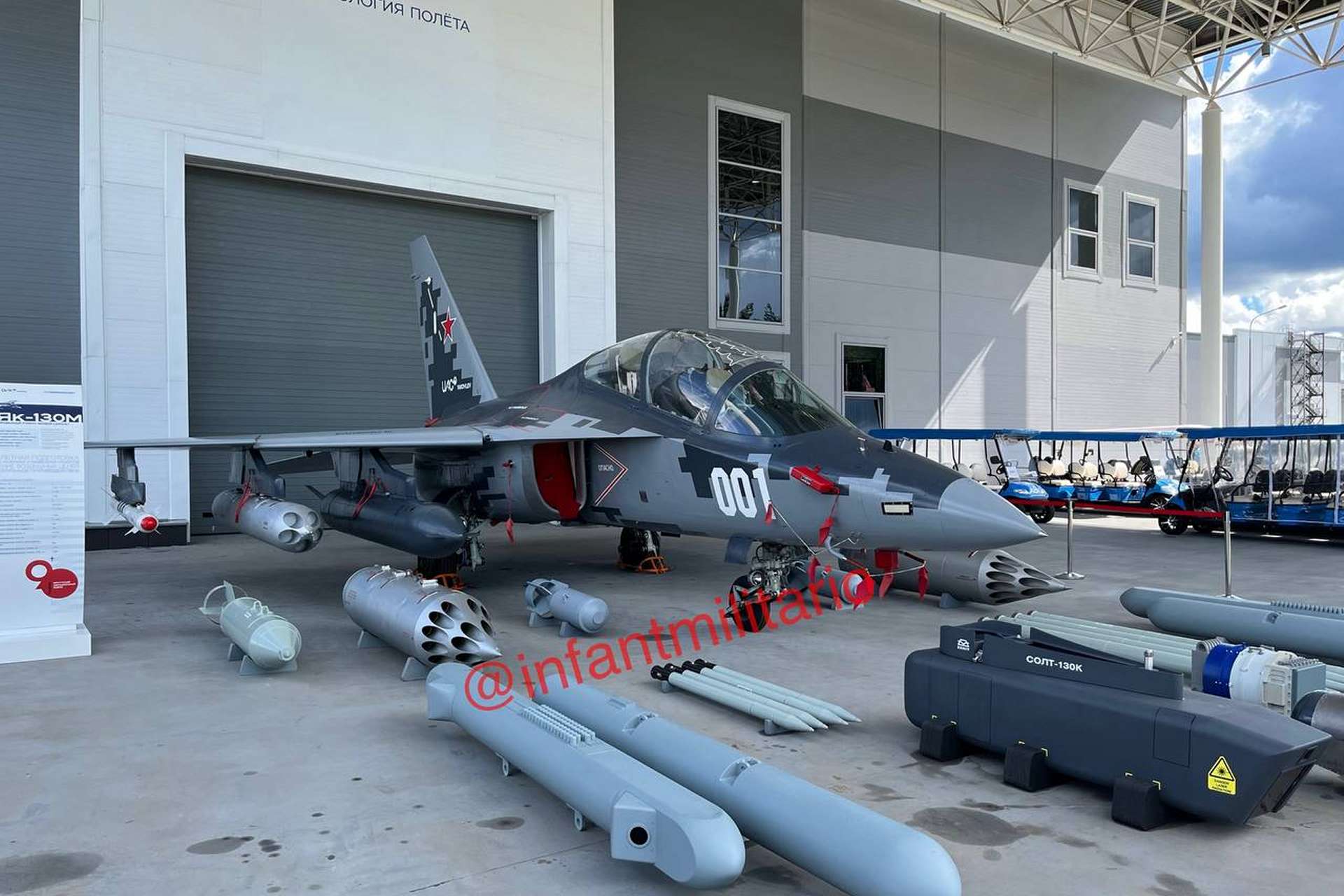
The Yak-130M can achieve a maximum speed of 950 km/h, a practical ceiling of 12,500 meters, and a flight range of 1,610 kilometers, which can be extended to 2,265 kilometers with external fuel tanks. (Picture source: Infantmilitario)
The Yak-130M light combat aircraft measures 11.49 meters in length, 4.64 meters in height, and has a wingspan of 9.85 meters. It can achieve a maximum speed of 950 km/h, a practical ceiling of 12,500 meters, and a flight range of 1,610 kilometers, which can be extended to 2,265 kilometers with external fuel tanks.
The Yakovlev Yak-130, the base model for the Yak-130M, was originally developed as an advanced jet trainer and light combat aircraft. Initially part of a joint project with Italy’s Aermacchi, the Yak-130 was designed to train pilots for 4th and 5th generation fighter jets such as the Su-30 and MiG-29. The aircraft first flew in 1996 and entered service with the Russian Air Force in 2009. It is capable of replicating the flight characteristics of these modern fighter jets, providing a comprehensive training platform. The Yak-130 features a fully digital cockpit and fly-by-wire controls, and it can operate from a variety of runways.
In addition to its training role, the Yak-130 is also capable of performing light attack and reconnaissance missions. The aircraft can carry various weapons, including air-to-air and air-to-surface missiles, bombs, and gun pods, with a maximum payload of 3,000 kg. Its nine hardpoints allow it to be deployed in light combat roles, such as counter-insurgency operations. Although the Yak-130 is a subsonic aircraft, it offers an option for smaller air forces that require a cost-effective platform for both training and combat operations.
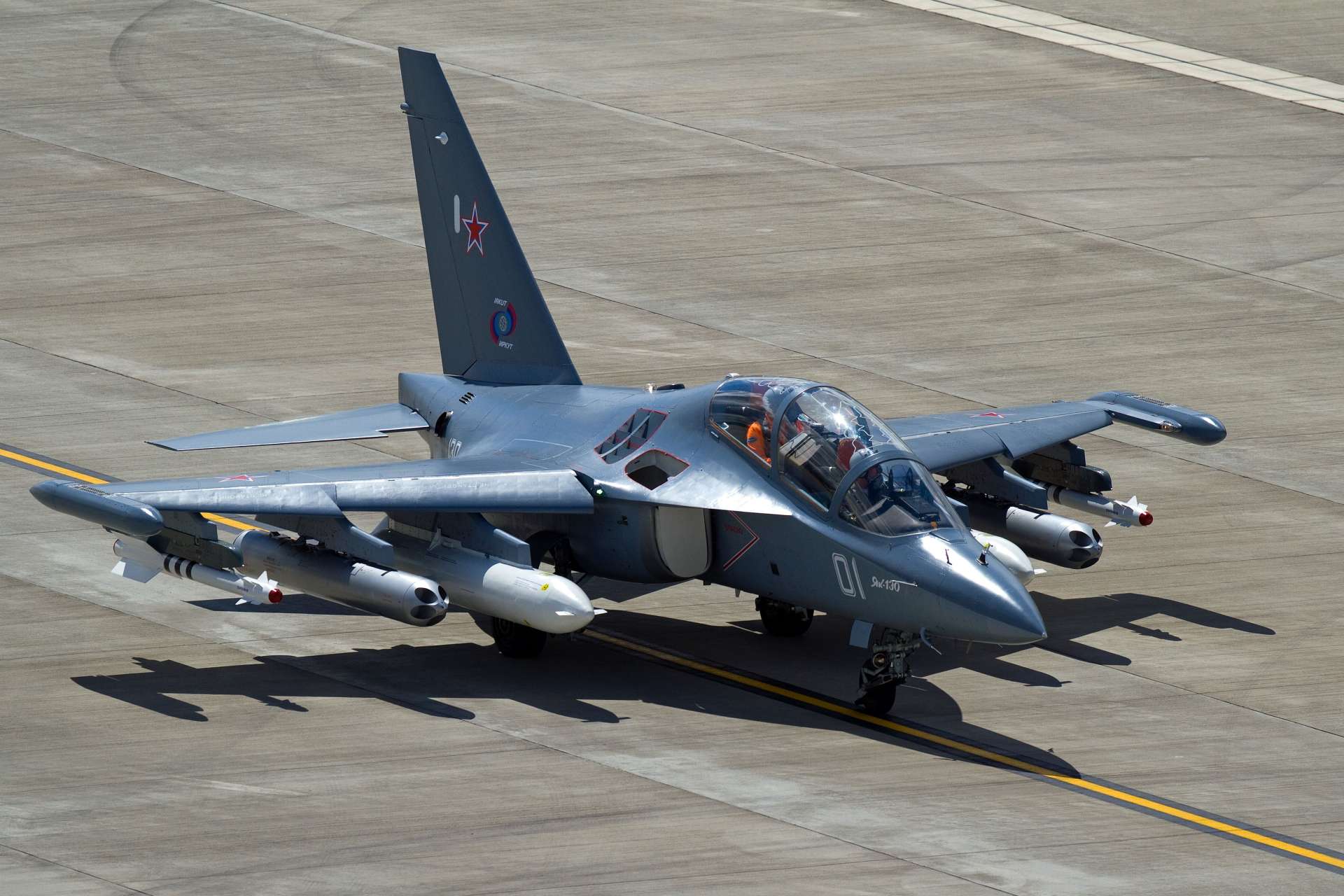
The Yak-130 is capable of replicating the flight characteristics of 4th and 5th generation fighter jets such as the Su-30 and MiG-29, providing a comprehensive training platform. (Picture source: Russian social media)
The Yak-130 has drawn international interest, with countries like Algeria, Belarus, and Vietnam among its operators. The aircraft has been part of various export deals, though some have been delayed due to geopolitical factors, such as the postponement of deliveries to Syria because of the ongoing conflict. Despite these challenges, the Yak-130 continues to be a significant part of Russia’s military aviation export portfolio, appreciated for its dual training and light attack roles. Russia has continued to expand its fleet of Yak-130s, with further upgrades, including in-flight refueling capabilities, under consideration to enhance its operational range.
The Yak-130 platform, developed in the late 1990s and early 2000s, has resulted in approximately 200 aircraft being produced. These aircraft serve in the Russian Aerospace Forces and in the air forces of several other nations, including Algeria, Vietnam, Bangladesh, Laos, Myanmar, Iran, Belarus, and Kazakhstan. The Yak-130 is produced at the Irkutsk Aircraft Plant, which is part of the Yakovlev company.


